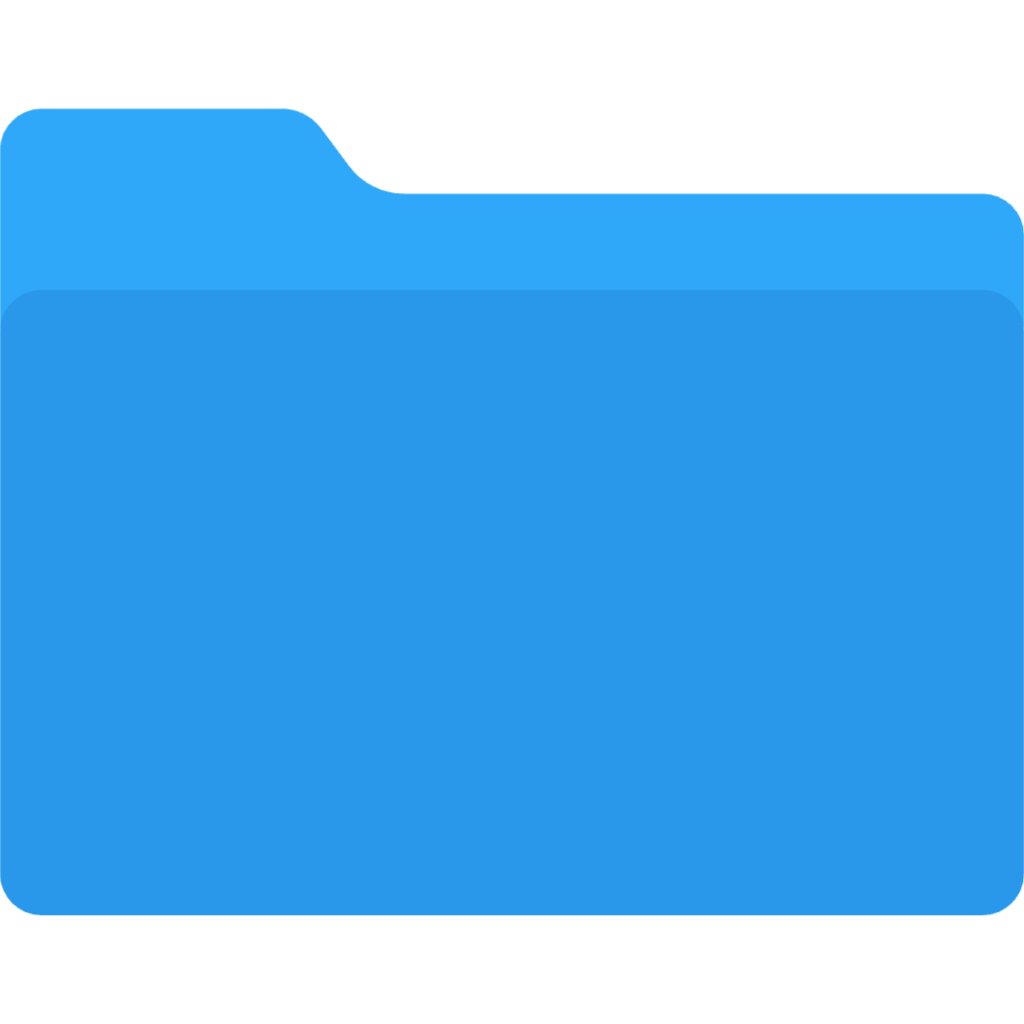- Water occupies typically 50% of a protein crystal, and thus significantly contributes to the diffraction signal in crystallography experiments. Separating its contribution from that of the protein is, however, challenging because most water molecules are not localized, and are thus difficult to assign to specific density peaks. The intricateness of the protein-water interface compounds this difficulty. This information has, therefore, not often been used to study biomolecular solvation. Here, we develop a methodology to surmount in part this difficulty. More specifically, we compare the solvent structure obtained from diffraction data for which experimental phasing is available to that obtained from constrained molecular dynamics (MD) simulations. The ... [Read More]
- Total Size
- 4 files (1.18 GB)
- Data Citation
- Charbonneau, P., Altan, I., Fusco, D., Afonine, P.V. (2018). Data and scripts from: Learning about biomolecular solvation from water in protein crystals. Duke Digital Repository. https://doi:10.7924/r4bg2mc23
- DOI
- 10.7924/r4bg2mc23
- Publication Date
- February 6, 2018
- ARK
- ark:/87924/r4bg2mc23
- Affiliation
- Publisher
- Language
- Type
- Related Materials
- Contact
- Irem Altan: irem.altan@duke.edu, ORCID: 0000-0001-9303-9104
- Title
- Data and scripts from: Learning about biomolecular solvation from water in protein crystals
- Repository
| Thumbnail | Title | Date Uploaded | Visibility | Actions |
|---|---|---|---|---|

|
README.txt | 2018-09-11 | Download | |

|
Data and generating scripts for figures | 2018-09-11 | ||

|
Other scripts | 2018-09-11 | ||

|
Gromacs input files | 2018-09-11 |